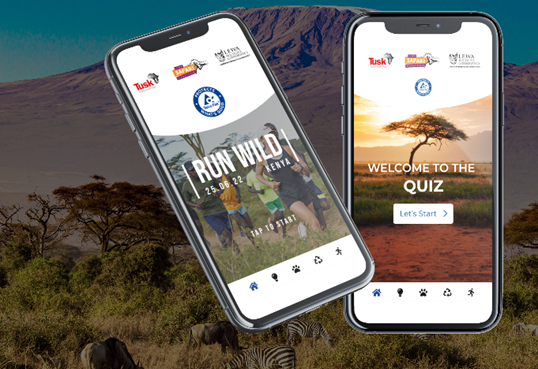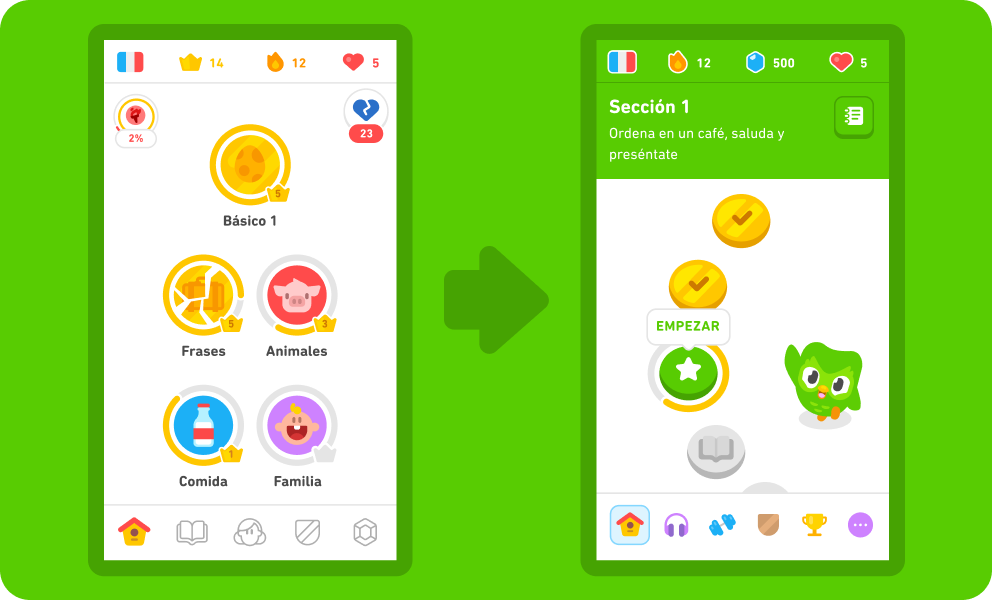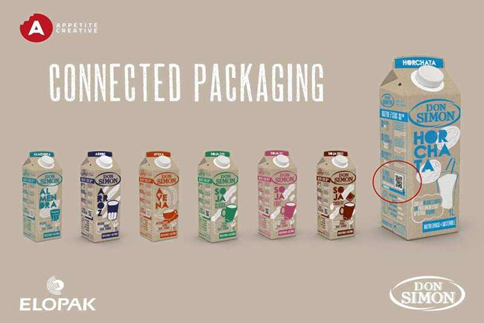The popularity of gamification has increased significantly in the last year. Because of the pandemic, retention rates have dropped and consumers are increasingly less attentive. Gamification is a very effective remedy for this: it improves employee motivation, promotes consumer engagement, and can solve various business problems.
Gamification in a wide variety of areas:
In the fitness industry, games are an integral part of fitness programs. Many athletes use smartwatches, which allow fitness apps to continuously engage their users and also reach a market with people who have not yet prioritized sports for themselves. Gamification is also used to manifest positive customer behaviour in retail or to motivate corporate employees and improve productivity, efficiency, and skill. Even military organizations like the US Army use games to test soldiers' skills. There are of course differences between games and reality, but some positive effects on recruitment have already been observed. This example shows that gamification has a lot of potentials and can also change the fields of financial technology, politics, healthcare, and the car industry in the future.
Gamification in Sales
Gamification can relate to employee development. Sales staff are motivated by badges and points or even trained in different areas. A gamified daily work routine improves the entire environment, as those concerned are more satisfied with gamified strategies. In addition to employees, customers can also be taught about products. For example, Tetra Pak partnered with the Lewa Safari marathon to provide cartons of water to participating runners. A bespoke connected experience developed by Appetite Creative was accessible via QR codes on the cartons. It was used by the runners and attendees of the 2022 Lewa Safari marathon, focusing on unique educational content, games, and videos about Lewa’s wildlife.

Gamification combats misinformation
Disinformation and misinformation became major problems during the COVID-19 pandemic. To combat this, several brands have come together. They have developed gamified approaches to give people a fun way to raise awareness about COVID-19 and spread correct information. One example is the social app Snapchat. Its creators have collaborated with WHO to release AR lenses for practising social distancing.
Gamification facilitates investments
Many people are interested in investing in different things, but some still don't understand enough about it. Now there is gamified investing, which is accessible to everyone. There is an app called Robinhood that allows users to trade in stocks commission-free.
:max_bytes(150000):strip_icc()/rh1-1c698668d9e94d76b4bcedbaf9ce2966.jpg)
Gamification in the induction of employees
The induction of employees plays a decisive role in how long they stay in the company and how efficiently they can complete their work. Gamification adorns and facilitates this arduous process. One example is the company Deloitte. With a gamified onboarding process for analysts, they had to overcome various challenges through a game on the theme of the zombie apocalypse. It improved consulting, presentation, spreadsheet and professionalism skills.
Virtual reality-based learning
Gamification is particularly well-known and popular in the education sector. It allows students to interact with the information modules and not just absorb them theoretically. A famous example of this is DuoLingo. The game is a language learning platform that offers different levels based on the developed skills of the learners.

Personalized gamification
Companies can improve their marketing results with personalization.The aim is to develop adaptive algorithms that can select the right gamification design for players individually.
For example, Appetite Creative developed a used cup flip game for Starbucks in which a user could, with one hand, attempt the task of flipping an instantly recognizable Starbucks cup onto a platform. Before the game started, the players had to choose which Starbucks drink they wanted to play with. Scores are shareable and should the user receive enough points, not only does he or she win bragging rights among friends, but also vouchers to use in the store.

Gamification creates empathy
Gamified campaigns bring emotional experiences to customers. A good game design attracts the audience's attention, but with the right strategy, it can retain customers in the long term.
In partnership with its packaging supplier Elopak and creative technology studio Appetite Creative, Don Simon has incorporated a fun and interactive connected experience to help educate consumers about the benefits of the new Pure-Pak eSense packaging, for both consumers and the environment. The connected experience offers a range of interactive games linked to sustainability, giving consumers an engaging way to learn about its plant-based drinks and the benefits of the new packaging. The strategy is to arouse emotions in the customer and thus convince them of the brand.

Gamification is already very successful and experts predict an increase in the popularity of this marketing tool in the coming year.
Contact us now and we will help you become part of the trend and set up your gamification campaign.

